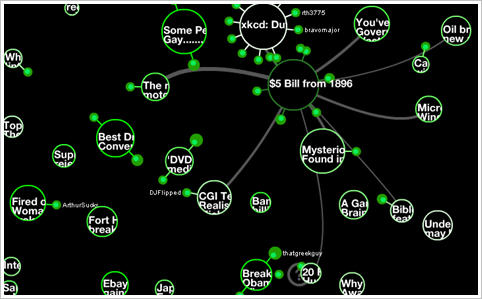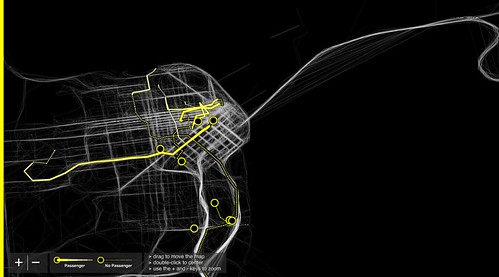 This name-tagged hooded that I ran across yesterday morning reminded me of Aram Bartholl's WoW project. The fact that this kid walked around with his first name written on his clothe seems to be a curious phenomenon; although, it's perhaps not his name (is there a brand called "Alex"? or is it some sort of movie star I am not aware?).
This name-tagged hooded that I ran across yesterday morning reminded me of Aram Bartholl's WoW project. The fact that this kid walked around with his first name written on his clothe seems to be a curious phenomenon; although, it's perhaps not his name (is there a brand called "Alex"? or is it some sort of movie star I am not aware?).

Assuming that's this is the teenager's name, displaying one's name publicly like this denotes a shift in identity and privacy perception that is very well addressed in Bartholl's WoW project:
"[in World of Warcraft] Each player is represented by an individual avatar, which is given an unalterable name that by no means corresponds to the real name of the player but serves as a clear means of identification in the online world. This so-called nickname floats above the avatar’s head and is constantly visible by all other players. There is no anonymity for the avatars themselves
The WoW project takes this mode of publicizing players’ names that’s typical of online 3D worlds and transfers it into the physical domain of everyday life. Participants of the WoW-workshop will be able to construct their own name out of cardboard and then parade around in public with it hovering above their head. What happens when a person’s customary anonymity in the public sphere is obliterated by the principles operative in virtual worlds online?"
Why do I blog this? A street encounter like this led me to get back to Bartholl's project and wonder about the display and projection of identity in physical space. I did not want to mean that there is a direction relationship between the kid's hooded and online habits. However, I found intriguing to see how this sort of MMO interface can echo with existing physical artifacts' design: there are already some instances of people wearing and displaying their identity in the material space. Of course, the "conference badge" and name tags is a common one but the hooded example here is even more curious as it's a more opened (and less formal) context.
Another instance of such observed in Montreux this afternoon:


 (Picture of Stamen's Digg swarm visualization)
(Picture of Stamen's Digg swarm visualization) (Picture of Stamen's Cabspotting)
(Picture of Stamen's Cabspotting)